"THE fresh legumes they are available only for short periods of the year, usually in spring or summer, such as broad beans, beans and peas ", explains Giorgio Donegani, food technologist. "Those frozen, dried and canned, on the other hand, they are always available. Each of these preservations has advantages, but sometimes also some small inconvenience».
With his advice, let's see them in detail then.
↘ Frozen food
They are the ones who the closer they get to the fresh product from a qualitative point of view. In fact, they maintain all their nutritional properties, including the presence of folic acid. And they have no contraindications.
↘ Buckets
I'm very practical, economical and long lasting in the pantry. The manufacturing process ensures that there is a greater concentration of all their nutrients: even the protein content typically exceeds 20%.
The downside is that they also contain gods concentrates "anti-nutritional" factors, i.e. potentially harmful. "Particularly some enzymes that inhibit the digestion of proteins, several substances that hinder the fluidity of the blood and, only in soy, others that are harmful to the proper functioning of the thyroid gland», Underlines the expert.
To avoid these inconveniences it is very important to always put i legumes to soak for at least 8-12 hours and change the water twice, as this is where these substances are dispersed. Also cooking must be very prolonged, preferably in a crock pot that prevents legumes from sticking together.
“All these proceedings should be done also for quinoa»Warns Dr. Donegani. "It is in fact a pseudocereal, much more like legumes and that like them contains these anti-nutritional factors. Plus it has become fashionable because considered a kind of superfood. And this has given way to intensive cultivation in some South American countries, where the use of pesticides is not always well regulated ».
↘ Canned
Ideal for those with little time to cook, compared to frozen or dried ones they are a little less tasty, but they retain many of their nutrients. The only drawback is theadding salt to the "preserving" liquid, bad for blood pressure. Although today it is possible to buy products without salt and also steamed rather than boiled.
And now, browse the gallery and find out properties and benefits of legumes!
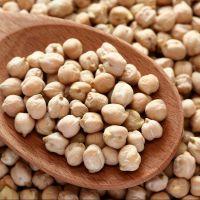
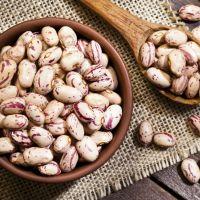
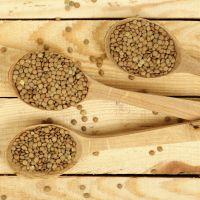
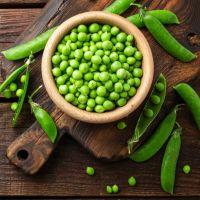
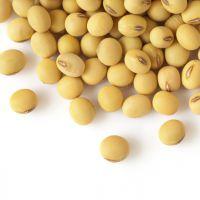
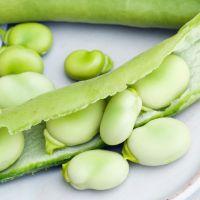
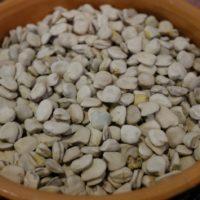
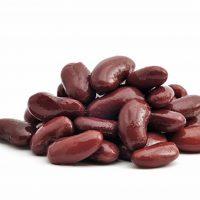
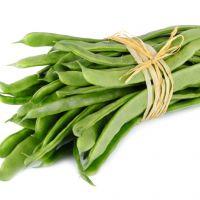
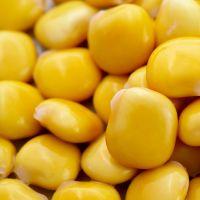
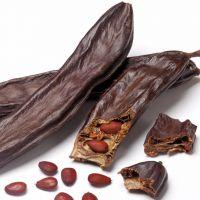
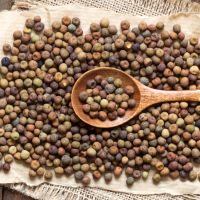
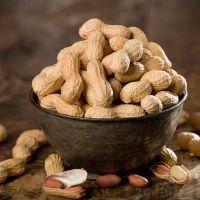

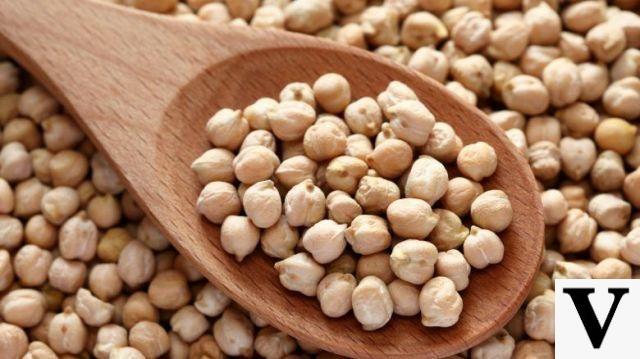
Ceci
Why eat them: in addition to reducing LDL bad cholesterol, they keep homocysteine, an amino acid that increases the incidence of cardiovascular diseases, such as heart attack and stroke, under control.
The extra tip: while cooking them, they release various antinutrients and saponins, substances harmful to health, in the form of foam. Which must then be removed before boiling.
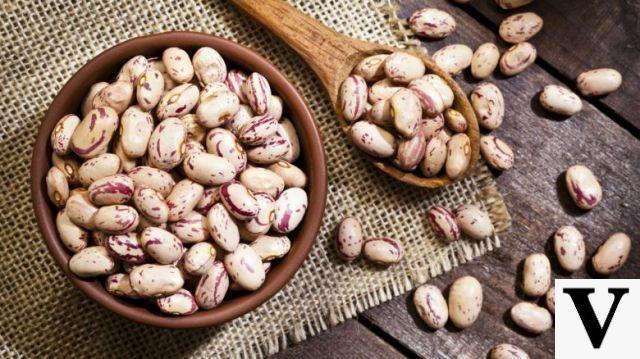
beans
Why eat them: being the richest in iron and potassium but also in fiber, they help control blood pressure and blood sugar.
The extra tip: there are more than 10 varieties of beans only in the country, for every palate and need. For example, if you love a well-cooked legume, choose flat beans, while if you want them tasty, opt for borlotti beans.
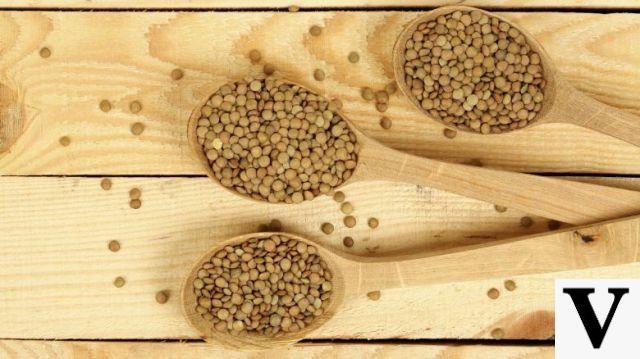
Lentils
Why eat them: they keep cholesterol under control and contain lignans, substances that boost the immune system. And then they are very digestible, so much so that they are the first legume given to babies during weaning.
The extra tip: due to their extremely delicate flavor, it is ideal to cook them by adding aromas, such as garlic, onion, tomato, carrot and celery. The oil, on the other hand, must always be put raw, because cooking disperses its vitamins.
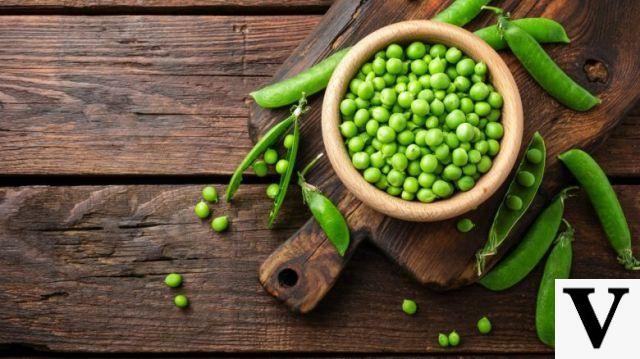
peas
Why eat them: contain iron, vitamin C and isoflavones, indicated in the prevention of cardiovascular diseases, osteoporosis and breast cancer.
The extra tip: perhaps not everyone knows that not only beans but also peas can cause favism. In practice, those who are intolerant to these legumes, that is, they do not have the enzyme to digest them, can undergo haemolysis, that is, the breakdown of red blood cells which is dangerous to health.
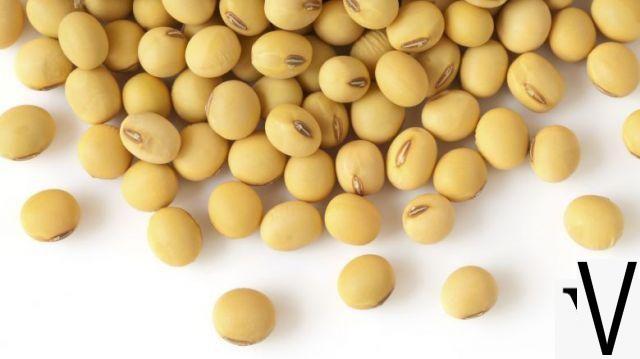
Soy
Why eat it: it is the richest legume in "good" polyunsaturated fats and calcium (it contains more than milk, but is less bioavailable). And it's low in carbohydrates, so it's best for keeping the glycemic index low. Additionally, the presence of phytoestrogens keeps mild menopausal symptoms, such as hot flashes, and PMS at bay.
The extra tip: from its derivatives we get the foods most loved by vegans, from tempeh to miso to tofu. And if you drink the milk, avoid the one with added sugars, because they alter its nutritional value.
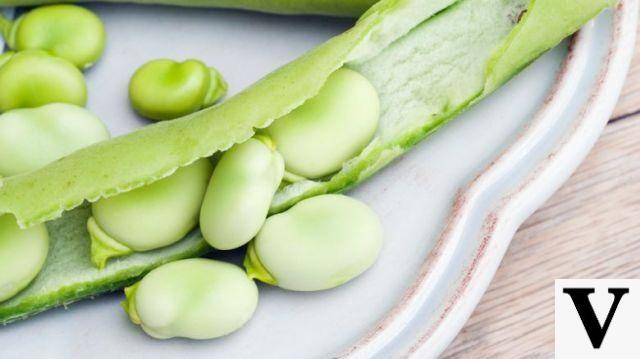
Fave
Why eat them: they contain L-DOPA, an amino acid that acts as a mood regulator. In addition, they are rich in phytoestrogens which help in the prevention of female cancers.
The extra tip: choose the classic combination, the one with wild chicory, rich in vitamins and bitter substances that help detoxify the liver.
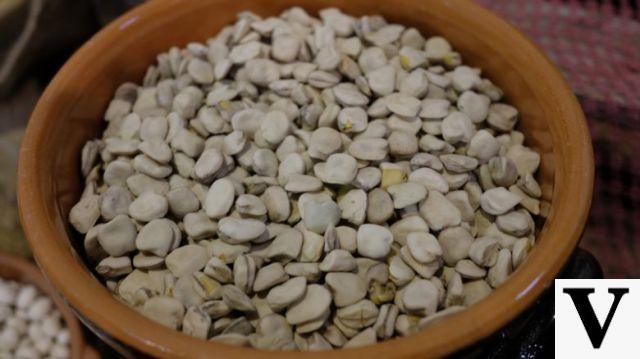
Cicerchie
Why eat them: they are the oldest legumes, rich in B vitamins, potassium, iron, zinc, calcium, phosphorus and proteins (25-28%). Their rind is very rich in fiber, but for this reason particularly hard, so much so that it requires soaking for 24-48 hours and cooking in a pressure cooker from 40 to 60 minutes.
The extra tip: you should not consume them in large quantities or even every day, because they contain an amino acid that has a neurotoxic effect.
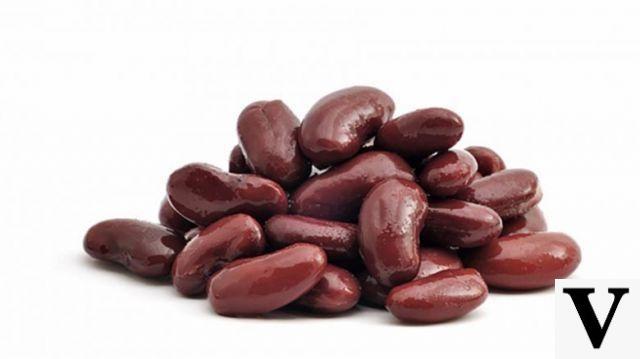
Azuki
Why eat them: these tiny beans have a detoxifying effect on the liver and kidneys. In addition, they contain folic acid and isoflavones useful for the health of women and the cardiovascular system. Finally, they are very digestible.
The extra tip: you can drink their cooking water to stimulate diuresis and promote its detoxifying effect.
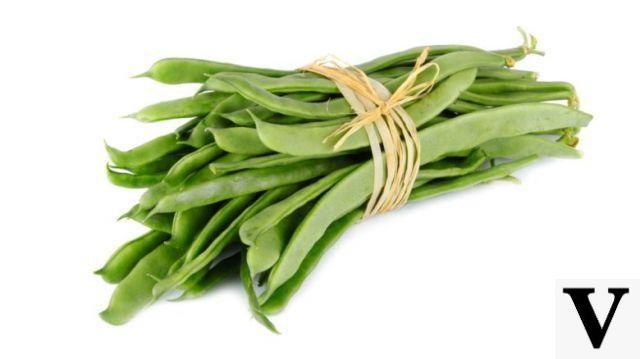
Jackdaws
Why eat them: of the pea family, they should be eaten fresh with the pod which, being rich in cellulose, makes them a concentrate of fibers useful for counteracting constipation. Furthermore, the presence of phytoestrogens favors the regularity of the female cycle.
The extra tip: they are very satiating and low in calories and therefore indicated in case of overweight and obesity.
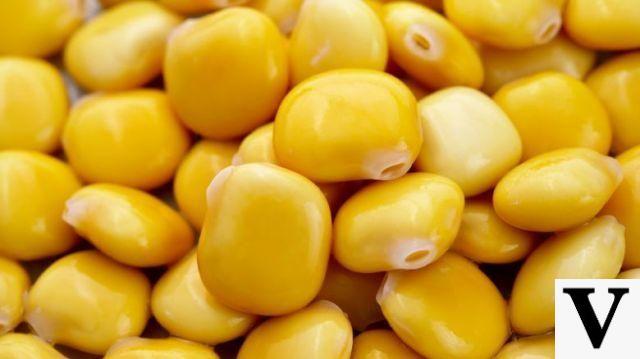
Lupini
Why eat them: they reduce the levels of "bad" LDL cholesterol in the blood and, thanks to the low glycemic index and low sugar content, are suitable for diabetics. They are also very protein legumes, rich in "good" fats (up to 10%), with few starches and many fibers (16-17%).
The extra tip: the fresh ones that are eaten as snacks are to be avoided, because they are too loaded with salt and therefore not recommended for pressure.
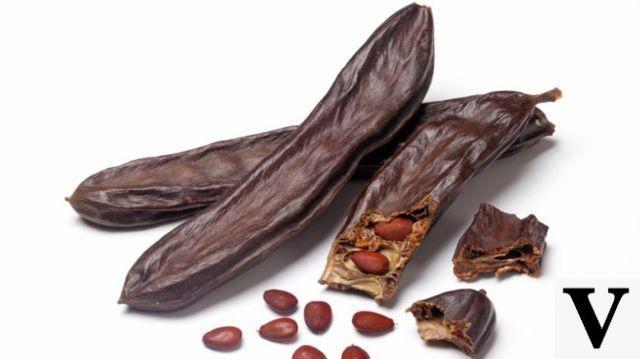
Carob
Why eat them: their seeds contain a lot of fiber, useful in particular for lowering the level of triglycerides. In addition, they are a valuable source of antioxidants, vitamins E and K, calcium, phosphorus and potassium.
The extra tip: with a delicious chocolate flavor, their roasted and ground seeds can be used to prepare coffee and excellent hot chocolates.
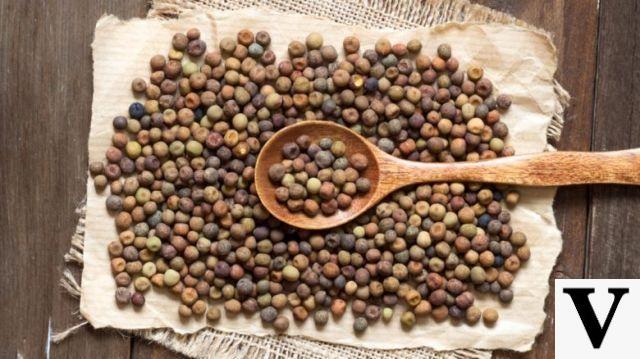
Roveja
Why eat it: this variety of pea is very protein, especially when eaten dry. In addition, it has a high content of carbohydrates, vitamin B1, phosphorus, potassium. On the other hand, very few fats.
The extra tip: with its flour you can prepare the "farecchiata" (or "pesata"), a polenta of the Umbrian culinary tradition that is seasoned with a mixture of anchovies, garlic and extra virgin olive oil.
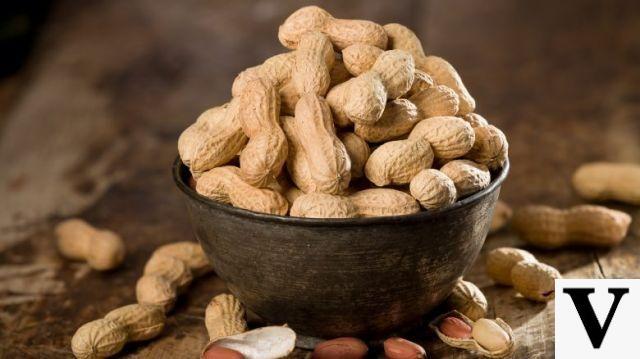
Peanuts
Why eat them: they contain few carbohydrates (only 5-6%) and many "good" fats (75%). From this legume an oil is obtained that is particularly suitable for frying, because it has a high smoke point and is not likely to decompose.
The extra tip: they are rich in omega 6, or arachidonic acid, and for this reason they should be avoided by those suffering from inflammatory and cardiovascular diseases.
- READ ALSO: Legumes: how and why to include them in the diet


























